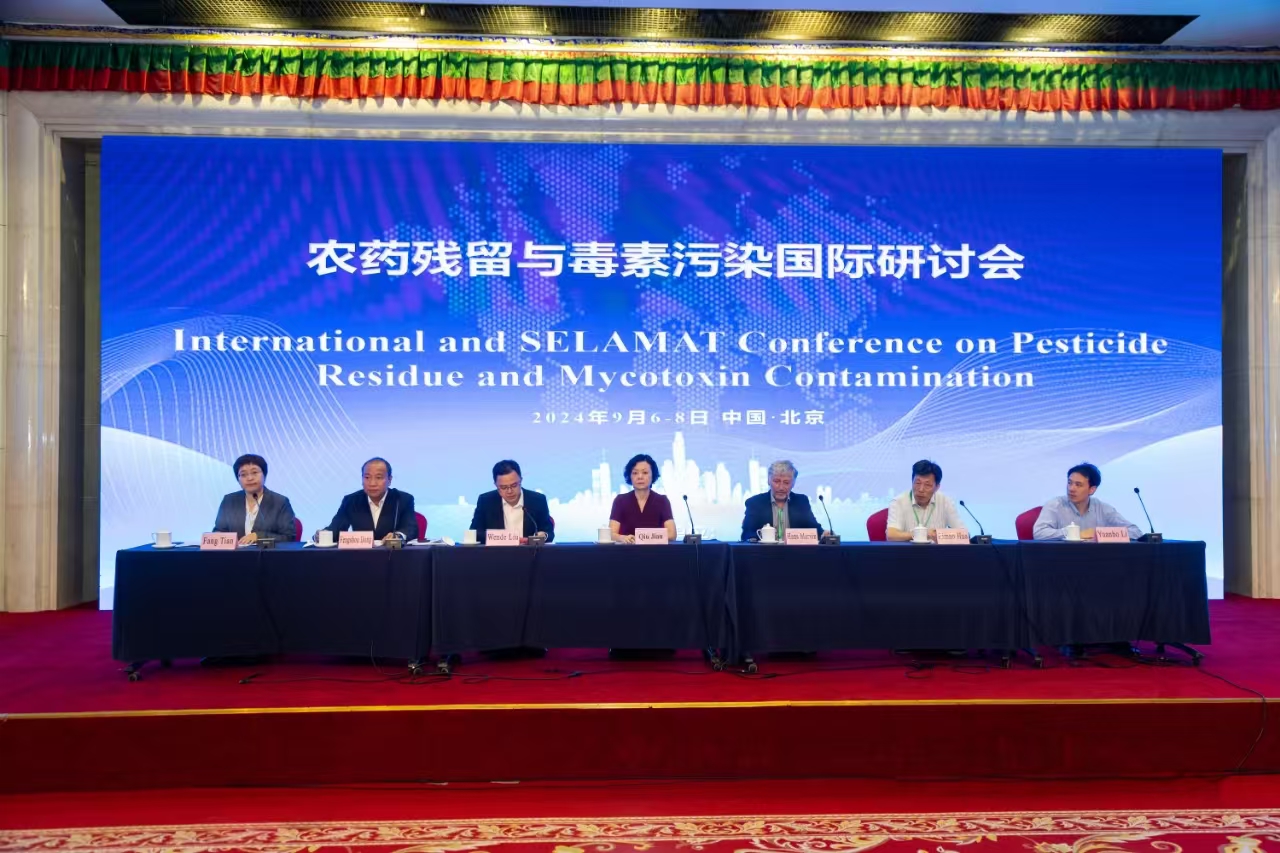Compatibility of Beauveria bassiana with Neoseiulus barkeri for Control of Frankliniella occidentalis
WU Sheng-yong, GAO Yu-lin, XU Xue-nong, Mark S Goettel, LEI Zhong-ren
Abstract
The entomopathogenic fungus Beauveria bassiana (Balsamo) Vuillemin and predatory mite Neoseiulus barkeri Hughes are effective biological control agents of Frankliniella occidentalis Pergande (Thysanoptera: Thripidae), one of the most important pests of ornamentals and vegetables world-wide. Combined application of both may enhance control efficiency. The functional response for N. barkeri on the first instar larvae of western flower thrips which were infected by B. bassiana for 12 and 24 h in the laboratory ((25±1)°C, (70±5)% RH, L:D=16 h:8 h) was determined. The virulence of B. bassiana against the second instar and pupae of the thrips attacked by N. barkeri were also tested. The results showed that N. barkeri exhibited a Holling type II functional response on treated thrips. After having been treated with the fungus for 12 h and then offered to the predator, thrips were more vulnerable to be killed by N. barkeri. The second instar larvae and pupae of the thrips which had been attacked by predatory mites were markedly more susceptible to B. bassiana infection than normal thrips; the cumulative corrected mortality of B. bassiana of the second instar and pupae which were attacked by N. barkeri were 57 and 94%, respectively, compared to 35 and 80% in controls on the day 8. These findings highlight the potential use of B. bassiana in combination with N. barkeri to control F. occidentalis.
Journal of Integrative Agriculture 2015, 14(1): 98–105
-
 China-Laos Training Workshop on Integrated Management of Destructive Crop Pests and Diseases Successfully held in Laos
China-Laos Training Workshop on Integrated Management of Destructive Crop Pests and Diseases Successfully held in Laos -
 New Plant Protection: New challenge and new opportunity for plant protection
New Plant Protection: New challenge and new opportunity for plant protection -
 International and SELAMAT Conference on Pesticide Residue and Mycotoxin Contamination Held in Beijing
International and SELAMAT Conference on Pesticide Residue and Mycotoxin Contamination Held in Beijing -
 CAAS President Meets Chairman of ASEAN FAW Taskforce
CAAS President Meets Chairman of ASEAN FAW Taskforce
